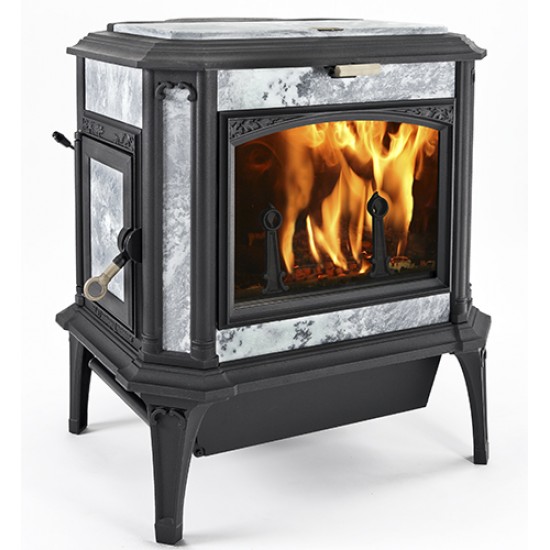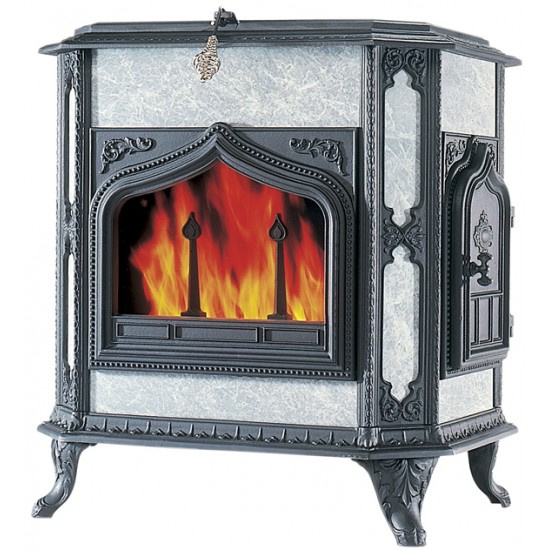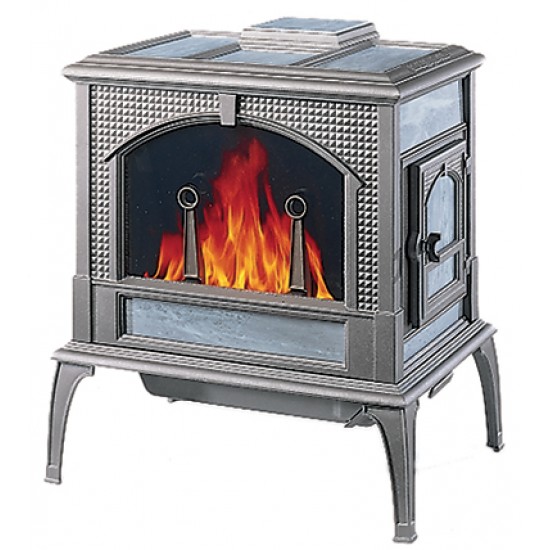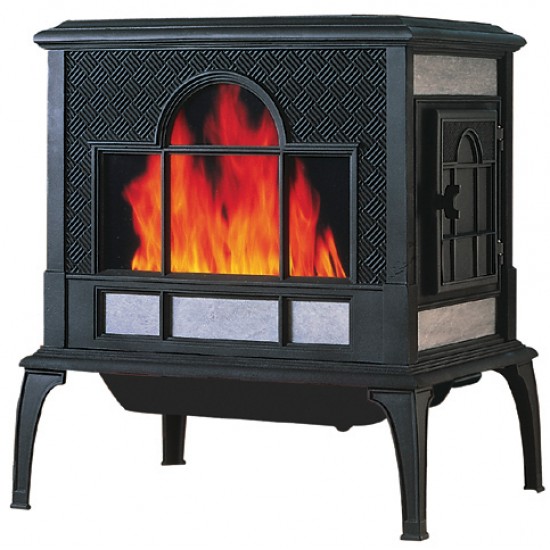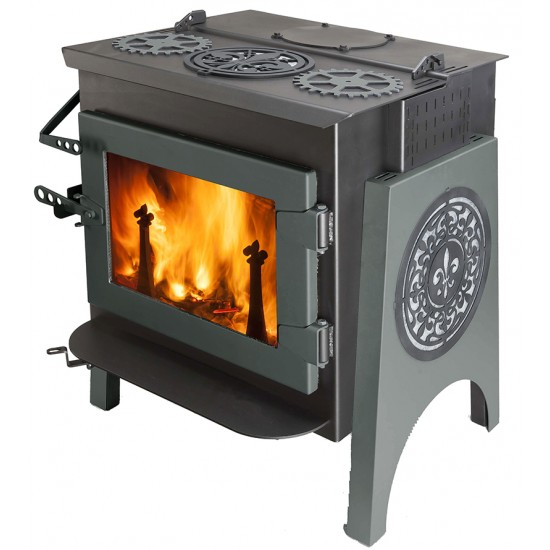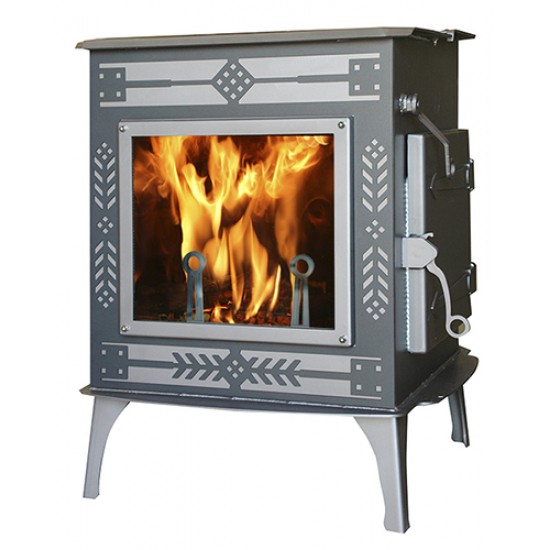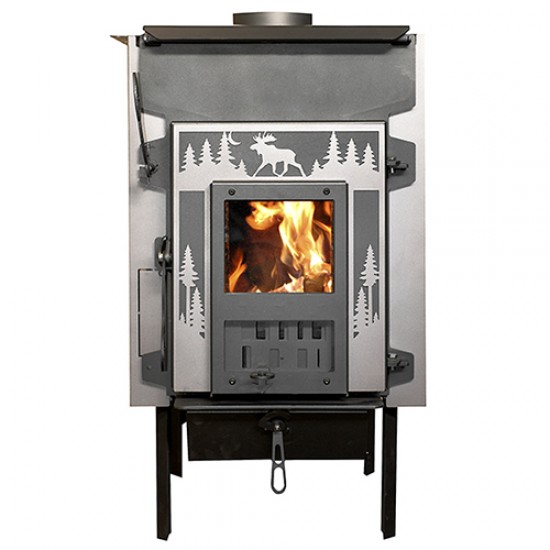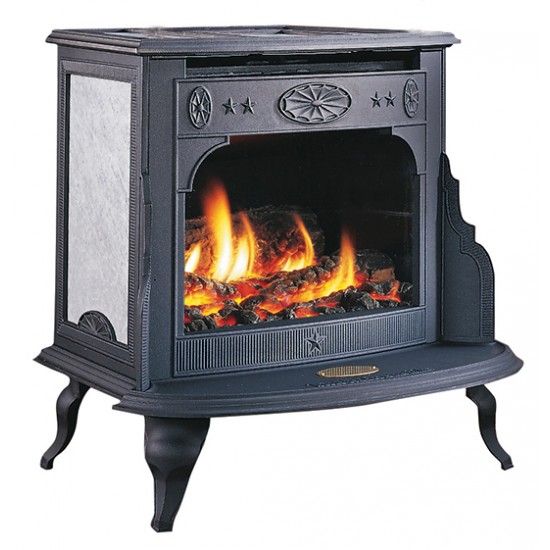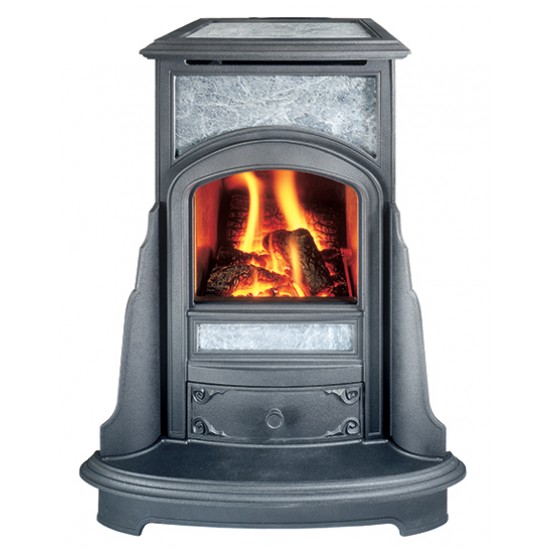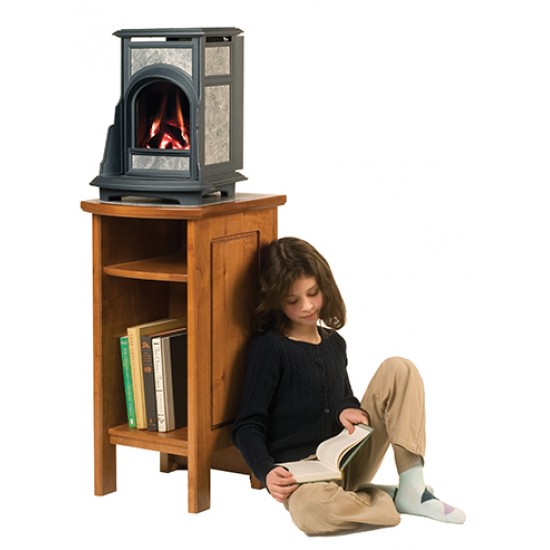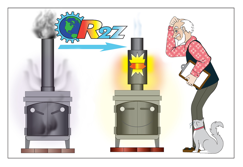22 Feb


In
the beginning, there was a thought, and that thought grew into an idea, which
became a project. And that was good.
We here at Woodstock Soapstone are always creating, tinkering and
thinking outside the firebox.
There are a lot of old
woodstoves still in service that predate EPA regulations. These are hefty stoves, made of cast iron or welded from
plate steel and lined with firebrick.
Many are well over 30 years old, and might last another 30 years if the
firebricks are periodically replaced and appropriate parts and gaskets
maintained.
 |
| Warner Stove |
In our race to zero
emissions, we thought we would take a side trip, a detour if you like, and look
at a situation that is painful to us.
How can we get these old pre-EPA-regulation stoves that are still being
used, to burn with more heat and lower emissions? These old stoves are not
efficient, or clean burning.
 |
| Warner Stove |
Other people have (obviously)
thought about this problem. In fact, in 2014, the Puget Sound Clean Air Agency had a retrofit design challenge to encourage development of
retrofit pollution reduction devices for woodstoves.
Retrofit stove pipe catalysts
have been available since the early 80's, but the concept has never been fully
developed. One of the simplest
catalytic retrofits is a catalytic damper that pivots in and out of the exhaust
stream (below) in an effort to reduce emissions.
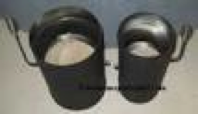 |
| Catalytic Retrofit |
Similarly, others have tried
to extract more heat from the stovepipe by inserting a heat exchanger
downstream of the flue collar.
Some heat exchangers merely relied on convection, while others used a
fan.
 |
| Heat Exchanger |
We
are in the very early stages of developing a retrofit stovepipe device that
would increase efficiency and produce a cleaner burn in older wood stoves. We
are eager to use today’s technology and improved materials to create a device
that both increases heat output and reduces emissions.
We
are in the early stages of getting baseline data for how some of these older
stoves actually perform. We have
already started to fiddle around in the lab and some of the early signs are
encouraging, though there are some difficult hurdles we will have to get over
before we can even think about a commercially viable retrofit solution.
Consistent
with our other recent projects, our goal will be a device that is simple,
effective, and affordable.
We are considering making the data and development of this project publicly accessible. Many of our customers are engineers, and we can use all of the thoughtful input we can get. Again, we are very early in the project, but stayed tuned for the next chapter in this newest adventure here at Woodstock Soapstone.

